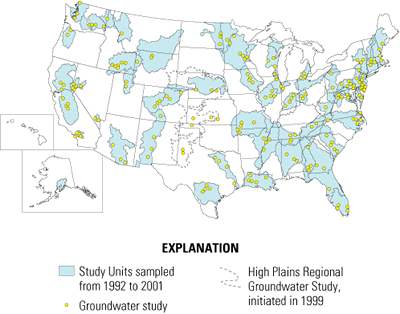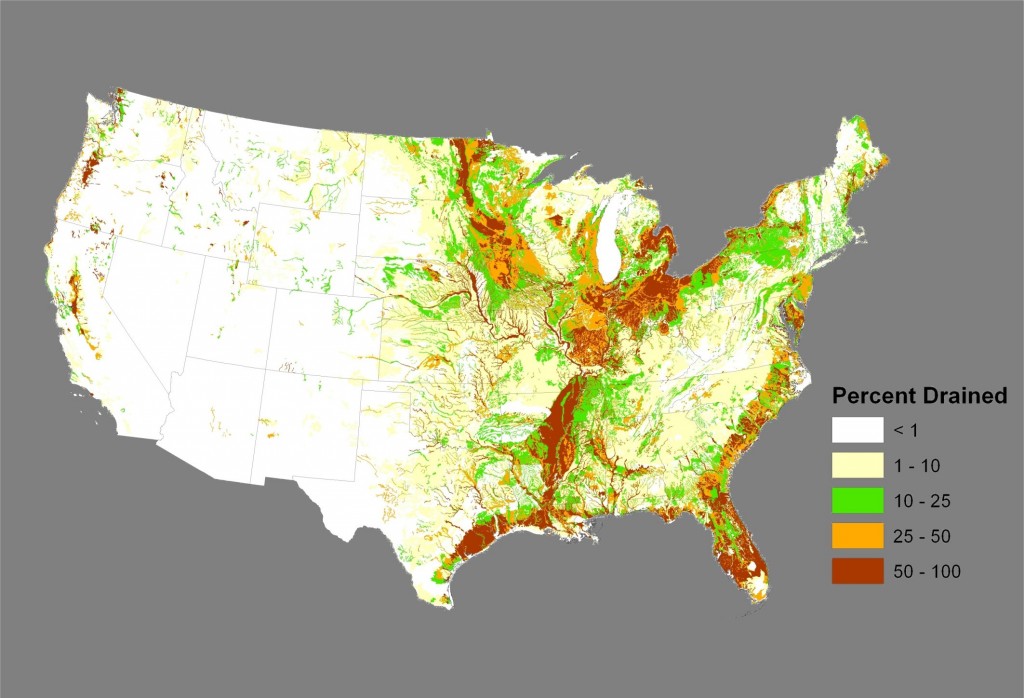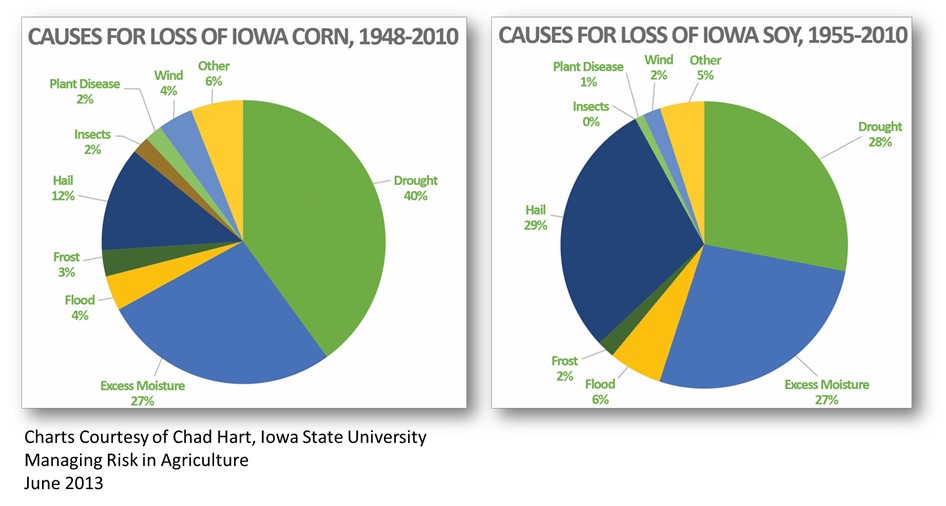Welcome to Ecosystem Services Exchanges Resource page, here you will find lots of information, links and videos on Drainage Water Management
Since the early 1900’s, farmers have used drainage to bring land into production and increase yields. Agricultural drainage uses surface ditches and subsurface pipes to remove excess water from poorly drained land, and today over 100 million acres of U.S. farmland have been drained (see USDA graph below). While conventional drainage systems improve farm productivity, they are often detrimental because they can increase nutrient transport to water bodies. Read more here…ESE Business Case Exec Summary
Purdue leading research to improve water management on farms
This “capture and use” system diverts subsurface farmland drainage water into an on-farm reservoir, or pond, where it is stored until needed to irrigate crops, especially in times of drought. It is one of three farmland drainage innovations being studied by researchers at eight universities, including Purdue, and the U.S. Department of Agriculture’s Agricultural Research Service. (Purdue Department of Agricultural and Biological Engineering graphic)
Bioreactors: Nabbing Nitrates Before Water Leaves the Farm
This video shows what happens below the ground to remove nitrates from water when bioreactors are used. Buried woodchips are the key to a bioreactor. The video was produced in 2012 by the Missouri & Mississippi Divide RC&D and supported by a grant from the USDA Natural Resource Conservation Service (NRCS). The Leopold Center purchased the videos for Iowa high school and community college ag instructors. Watch the video….Bioreactors
Innovations in Water Management to Improve Crop Productivity and Water Quality
Several key innovations are coming on line to dramatically improve both agricultural productivity and water quality by management of water flowing through tile lines. The first of these is Drainage Water Management where water is held in the field during the dry periods of the growing season and during fallow periods to improve productivity, and water quality. The second is Sub-Irrigation, which uses the same subsurface tile lines used for drainage to irrigate crops. These two systems can dramatically improve farm economic viability and cost-effectively reduce nutrient loss to waterways.
DWM refers to controlling the flow of water discharged from tile lines to improve environmental performance and agricultural production. Without controls, tile lines drain water and associated materials from fields around the clock year round. However, drainage typically is only needed during part of the year, and closing off drainage during most of the year will significantly reduce nutrient loss and improve yields. Read more here……Innovations in Water
Saginaw Bay Watershed
The Saginaw Bay Watershed Conservation Partnership has been selected to receive $10 million in funding under the new Regional Conservation Partnership Program (RCPP), which was created under the 2014 Farm Bill. This work, co-led by the Michigan Agri-Business Association and The Nature Conservancy, represents a unique collaboration between conservation organizations, agronomy retailers, higher education institutions, commodity groups, agribusinesses and state and federal agencies. Learn more here …… Regional Conservation Partnership Program
USGS
USGS Circular 1350: Nutrients in the Nation’s Streams and Groundwater, A comprehensive national analysis of nutrients in streams and groundwater from 1992 through 2004 is provided by the National Water-Quality Assessment (NAWQA) Program of the United States Geological Survey (USGS). NAWQA assessments of nutrients—including total nitrogen, nitrate, ammonia, total phosphorus, and orthophosphate—followed a nationally consistent approach in 51 of the Nation’s major river basins and aquifer systems during 1992–2001 (shown in green). Water samples were collected from 499 stream sites monthly and during periods of both high and low stream flow, usually for a minimum of two years. Biological communities were assessed at about 1400 stream sites. Ground-water samples were collected from over 5,100 wells, including monitoring, domestic, and public-supply wells from 180 study areas (represented by yellow dots), with 30 wells sampled in each area. Learn more here….Nutrients in the Nation’s Streams and Groundwater

NRCS
As the name suggests, Drainage Water Management helps producers manage water on their fields. This practice can increase production, keep nutrients on the field and send clean, filtered water downstream. Learn more here…..Drainage Water Management Video





